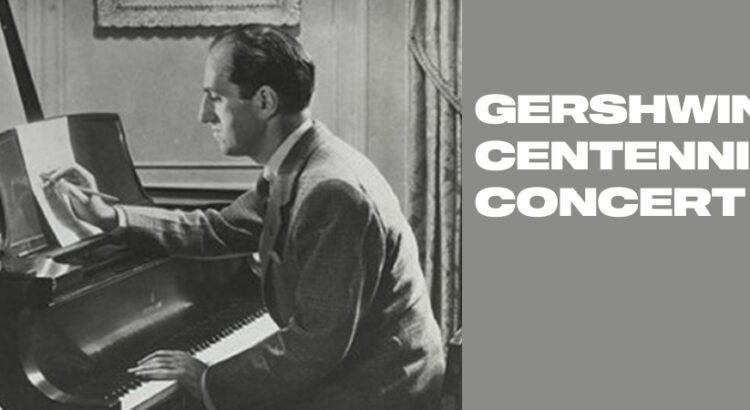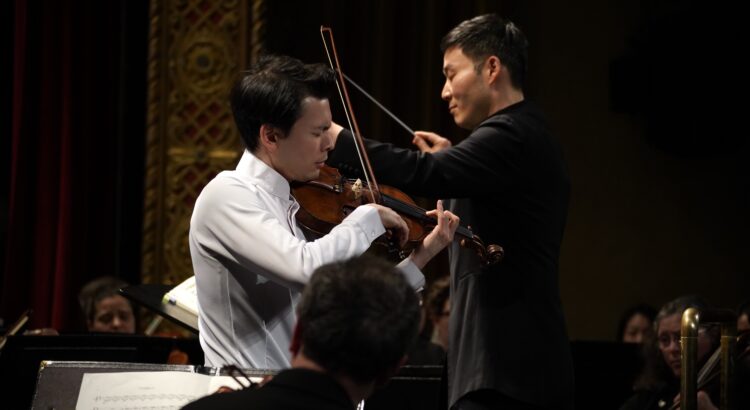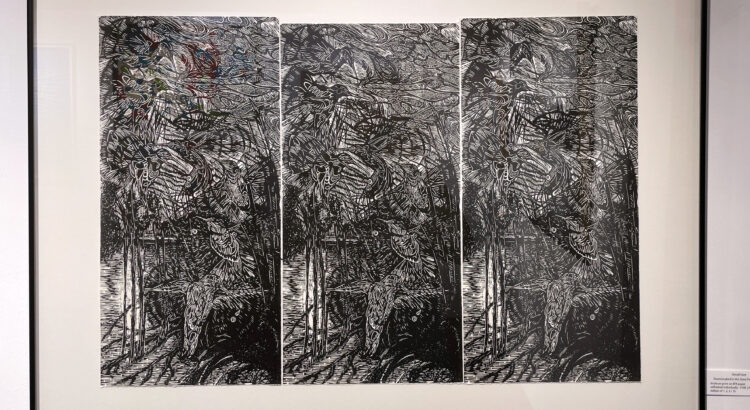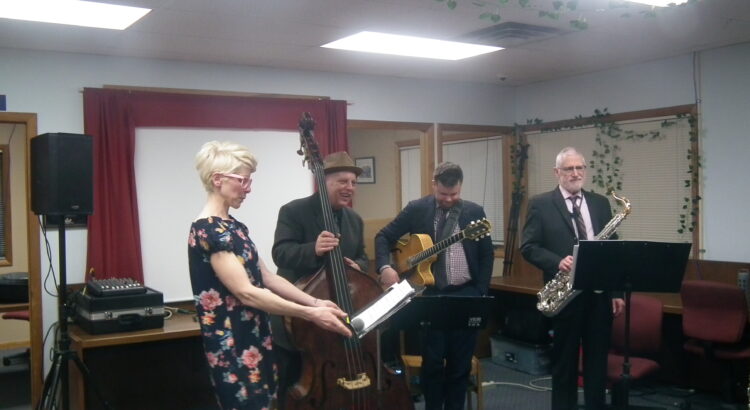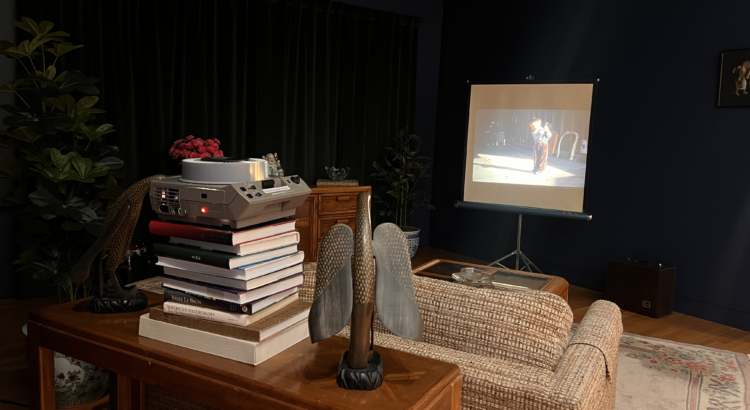Though composer George Gershwin and his younger brother, lyricist and Pulitzer Prize winner Ira Gershwin, are undoubtedly celebrated as two great contributors to American music, their works were surprisingly never standardized. As a result, numerous scores and recordings of their music circulate with inconsistencies in tempos and dynamics, and some have been lost to time. To preserve the essence of his granduncles’ works, University of Michigan alumnus Todd Gershwin created the Gershwin Initiative with the School of Music, Theatre & Dance (SMTD). As part of this initiative, SMTD annually hosts a centennial performance of the two brothers’ works. This year, Sunday, January 26th, a crowd of students and locals alike flocked to the Michigan Theater to catch the performance of the music written by the brothers in 1925.
Accompanied by pianist Jacob Kerzner, SMTD students Nicholas Alexander Wilkinson II, Oliver Boomer, Aquila Sol, and Elle Michaels sang George Gershwin’s compositions from Tip-Toes (“These Charming People,” “Sweet and Low-Down,” and “That Certain Feeling”), Tell Me More (“Mr. And Mrs. Sipkin,” “Three Times a Day”), Song of the Flame (“Midnight Bells,” “Vodka”), La, La, Lucille (“It’s Great to Be in Love”), as well as songs that Ira Gershwin wrote the lyrics for in Molly Darling (When All Your Castles Come Tumbling Down”), Lady in the Dark (“My Ship”) and A Star is Born (“It’s a New World,” “The Man That Got Away”). The students sang without costumes, props, or choreographies. However, their voices alone captured the sassy and hopeless romantic attitudes of their characters.
What I found most interesting is that many of these songs were suggestively scandalous yet painted with a lighthearted tone of voice and upbeat melodies. The song that particularly stood out to me was “Vodka.” The funny and punny lyrics were easy to understand while remaining hilariously descriptive of what vodka does to the human psyche and body and the negative consequences that often follow its consumption.
After the intermission, the University Philharmonic Orchestra (UPO) took the stage under conductor Jayce Ogren to play Overture to Song of the Flame. Shockingly, it was likely the first public performance of the overture in decades, and there are no known recordings of the overture. The overture is relatively short and played for around ten minutes. Still, the characteristic dreamy quality of Gershwin’s talent at blending jazz and classical music makes it feel even shorter.
However, what left the deepest impression on me that night was Tzu-Yin Huang’s performance of Gershwin’s Piano Concerto in F. Accompanied by the UPO, the first movement starts with a suspenseful yet jazzy rhythm from the blaring band instruments. Then, the pianist has dramatic, slow notes before suddenly accelerating in pitch and tempo before returning to a bittersweet, syncopated blues melody. The contrast between a lullful minor key to a more powerful, almost angry melody with a cascade of descending thirds evoked a bittersweet emotion before transitioning into a quick tempo; the orchestra then takes turns with the soloist in sharing the spotlight. The second movement starts similarly with a jazzy, brass solo, that the piano interrupts after a slow, somber intro. The mood immediately shifts with playful staccato notes and grace notes. In contrast to the first and second movements, the third movement begins agitated with notes that requires the fingers to have incredible control in speed and power. I loved the end of the third movement, which further expands an overall theme heard throughout all three movements before having a classic tremolo ending.
Overall, it was an incredible experience. I’ll be striving to attend the Gershwin Centennial concert in the future, and highly recommend others attend too!

